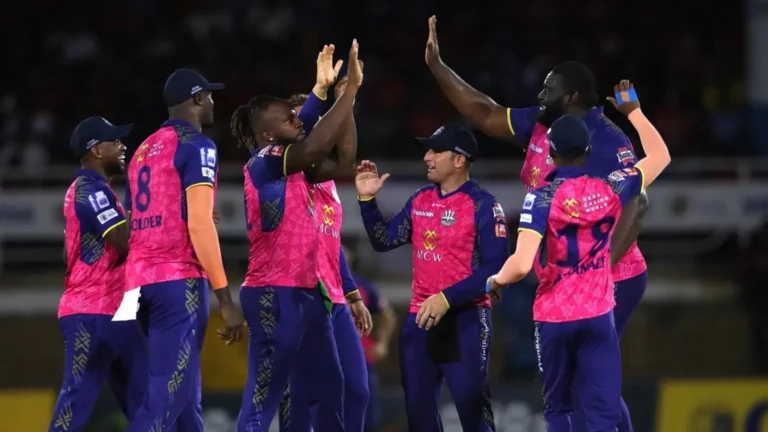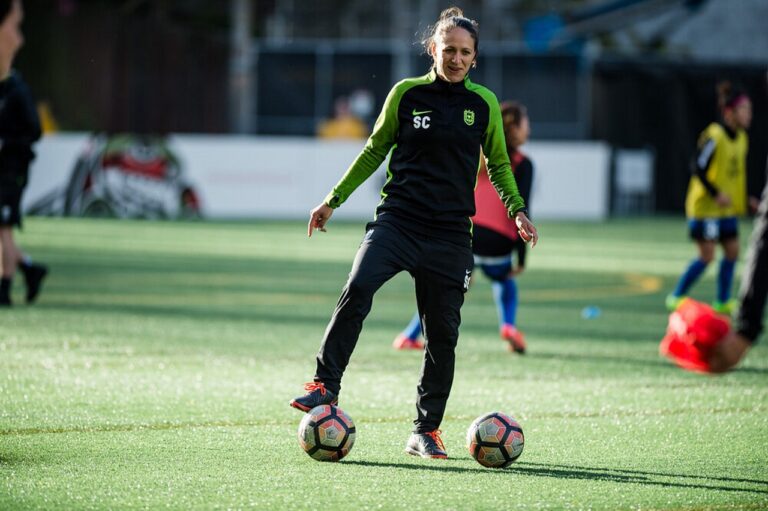The Evolution of Fast Bowling in Cricket
Online Cricket ID, Online Cricket ID: Fast bowling in cricket has seen a remarkable evolution over the years, with bowlers constantly pushing the limits of speed and skill. The earliest bowlers relied on sheer pace and aggression to intimidate batsmen, often sacrificing accuracy for raw power. However, as the game evolved, bowlers began to focus on developing a blend of speed, control, swing, and variations to outsmart the opposition.
The introduction of reverse swing and the art of bowling cutters and yorkers have added new dimensions to fast bowling techniques. Bowlers now train rigorously to enhance their speed, endurance, and accuracy, utilizing advanced technology and modern training methods to fine-tune their skills. Fast bowling has become a strategic weapon in the game, with bowlers employing clever tactics and variations to keep batsmen guessing and constantly under pressure.
Origins of Express Pace in Cricket
The phenomenon of express pace in cricket traces back to the early days of the sport when bowlers began relentlessly targeting batsmen with sheer speed. This aggressive approach soon became a distinctive trait of the game, captivating audiences with its thrilling dynamics. As the sport evolved, the need for bowlers to bowl faster became apparent, leading to the emergence of techniques aimed at achieving express pace.
Bowlers across generations have strived to push the boundaries of speed, revolutionizing the way fast bowling is perceived in the world of cricket. The desire to intimidate batsmen and disrupt their rhythm through sheer speed has been a driving force behind the development of express pace in the game. Over time, bowlers have honed their skills, fine-tuning their actions and mastering the art of generating extraordinary pace that continues to astonish and mesmerize cricket enthusiasts around the globe.
What are some key factors that contributed to the evolution of fast bowling techniques in cricket?
Some key factors that contributed to the evolution of fast bowling techniques in cricket include advancements in equipment technology, changes in pitch conditions, and the adoption of strength and conditioning programs by players.
When did express pace bowling become a prominent feature in cricket?
Express pace bowling became a prominent feature in cricket during the late 20th century, with bowlers like Jeff Thomson, Dennis Lillee, and Malcolm Marshall showcasing their speed and skill on the field.
How did the origins of fast bowling in cricket influence the development of express pace?
The origins of fast bowling in cricket can be traced back to the early days of the sport when bowlers like Harold Larwood and Frank Tyson used their natural speed and athleticism to intimidate batsmen. This laid the foundation for the development of express pace bowling in the modern era.
What role did coaching and training play in the quest for express pace in cricket?
Coaching and training have played a crucial role in the quest for express pace in cricket, with coaches focusing on developing bowlers’ speed, strength, and technique through specialized programs and drills.
Who are some of the fastest bowlers in the history of cricket?
Some of the fastest bowlers in the history of cricket include Shoaib Akhtar, Brett Lee, and Mitchell Johnson, who consistently bowled at speeds exceeding 150 km/h and left a lasting impact on the sport.







